I couldn’t decide whether this belonged in the portfolio or not – I still can’t – because it’s an extension of an existing customer’s website rather than a new project, so I’ve decided to write a blog about Self-regulation: Get Set GO! to try and help me make up my mind!
This is one of those projects where I’ve had to try and take in some of the basics of an entirely new concept just so that I understand how to structure it. Self-regulation was an entirely new concept to me, but essentially it means giving young (often very young) children the ability to regulate their own behaviour rather than simply dealing with difficult or challenging behaviour using discipline and punishment. It’s a concept that works on helping children to understand why they feel angry, or upset, or ready to lash out at the world, and then giving them techniques to understand and process those emotions – and of course in order for children to understand it, parents and educators have to understand it!
Over the last few years, childhood neuroscience researcher and author Dr Mine Conkbayir has been one of the foremost advocates of Self-regulation in the UK. Her online learning programme Self-regulation in Early Years has been hugely successful, winning both a Nursery World Silver Award and a Teach Early Years Award in 2019. More recently, she has teamed up with Ursula Krystek-Walton, Head of Early Years at Thrive Childcare Group to publicly advocate the benefits of self-regulation in a variety of online and face-to-face settings and events.
Out of this collaboration grew an understanding that even when early years practitioners love the sound of self-regulation in theory, they often lack to tools or training to implement in practice, and the concept of a Self-regulation toolkit was born.
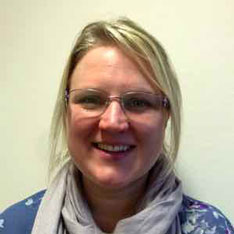
Ursula Krystek-Walton, Head of Early Years, Thrive Childcare Group
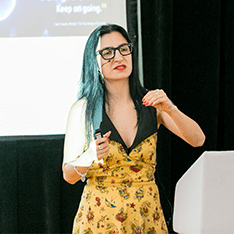
Dr Mine Conkbayir, Researcher and Author on Neuroscience in Childhood
Initial Concept
The original idea for this project was to make it an online discussion forum. The idea was that the toolkit material would be presented and then the community would develop discussions about how to use it, best practices, ideas for new things to add to the toolkit and so on – in other words it would become an organically evolving system, with continuous user feedback driving development. Sounds great, doesn’t it? And as a web designer, the challenge of designing a well-structured, elegant and efficient forum was something I really fancied. In the end though, I talked Mine and Ursula out of the forum model, and here’s why:
Over a long enough period of time, most forums will tend to suck.
I appreciate that’s a generalisation. I can feel the knuckles being cracked as someone, somewhere gears up to type “I’ve run a forum on model trains since 1998 and it’s amazing”. However as a veteran of a few forums (yes, I know the correct plural is “fora”, no I don’t care) I’ve observed some negative trends that seem common to very many of them. There’ll be a whole other blog post on this soon…*
So, we collectively decided to present as much information as possible as part of the toolkit, have an “ask a question” function without all the freewheeling discussion of a true forum and then use social media to hold live Q&A sessions every so often. There is a facebook group open only to people who’ve signed up, and that will be used to hold live Q&A sessions once there are enough members!
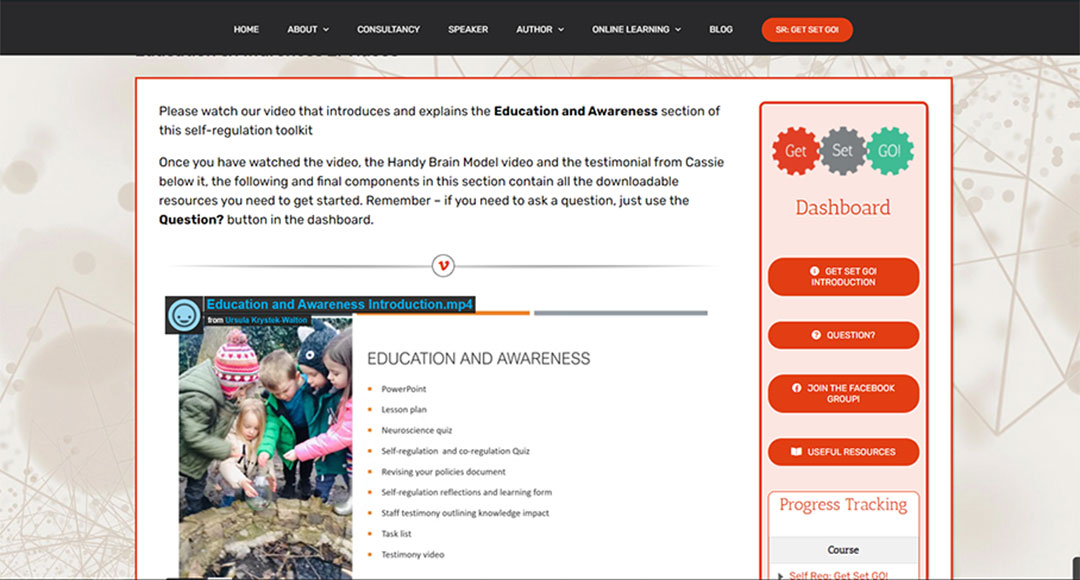
Structure
In order to keep the toolkit easily understandable, we created a “three blocks of three” structure. There are three main sections – Education and Awareness, Practice, and Environments – and each of those has an introduction, a video page and a resources page where all the toolkit resources can be downloaded.
The videos explain the underlying concepts in each section and how to use the training materials. In some cases they also explain how other practitioners or settings are already using self-regulation, and what they’ve got out of it.
From the outset it was clearly important that anyone using the toolkit should work through it progressively rather than randomly jumping around, and it has therefore been set up as an “online learning” course using a Learning Management System called WP-Courseware. This means that the first time someone works through the material, they have to do it in order and mark each section as completed before they can move on to the next. Once a section has been marked as completed it can be revisited at any time, so users can go backwards to review something and once they’ve worked through the whole toolkit they can revisit parts of it in any order.
Users even get a certificate to download at the end to confirm that they’ve worked through it all!
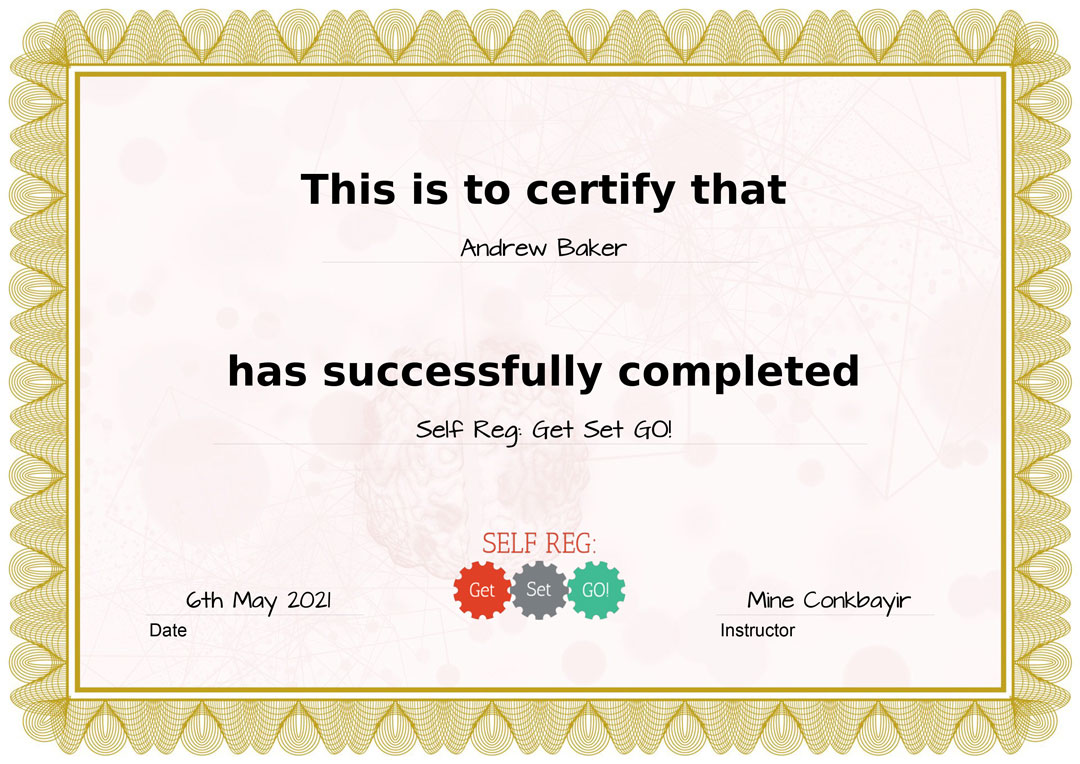
Testing and Launch
With a target launch date of 1 June, we made sure to have the bulk of the work completed by early May and we asked a few trusted colleagues of Mine and Ursula from the Early Years sector to act as our “beta testers”, helping us to iron out the bugs and streamline the whole signup and participation process. By the end of May the toolkit was ready for launch, and it has already been hailed as
an absolute must for every Early Years setting
So while I appreciate that the target audience for this blog isn’t necessarily early years education practitioners, if you happen to be in that sector then you need this toolkit! Click the button below to sign up…
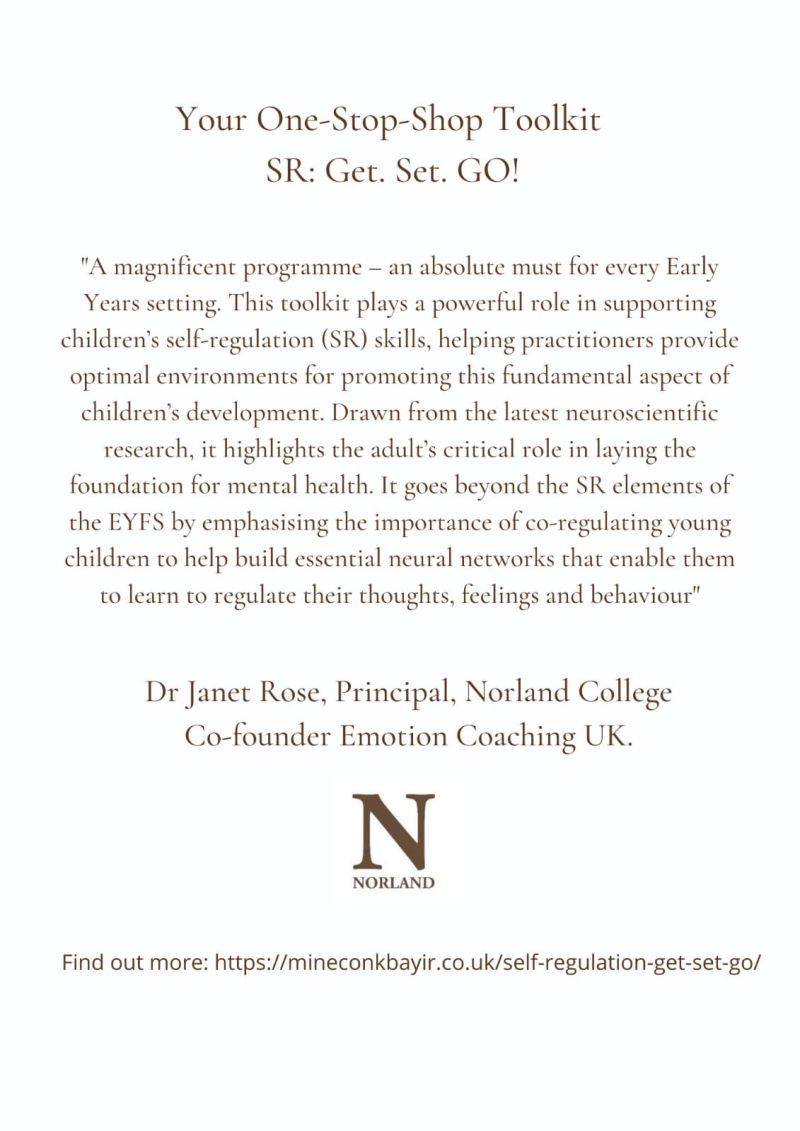
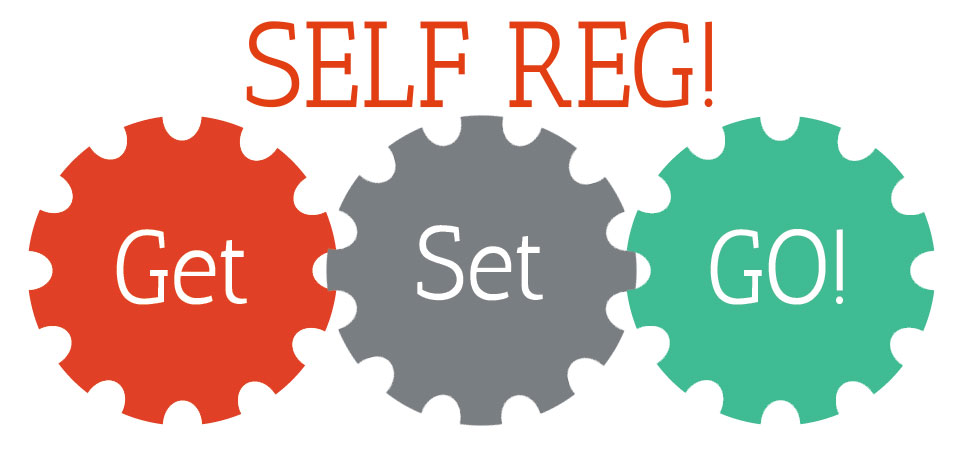

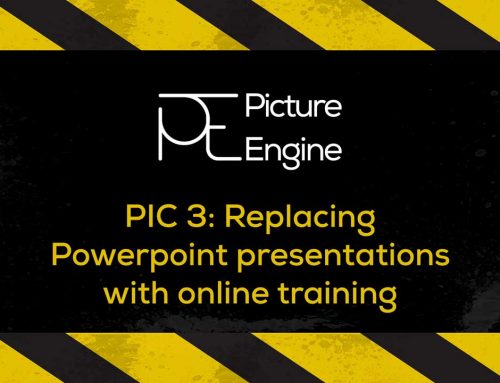
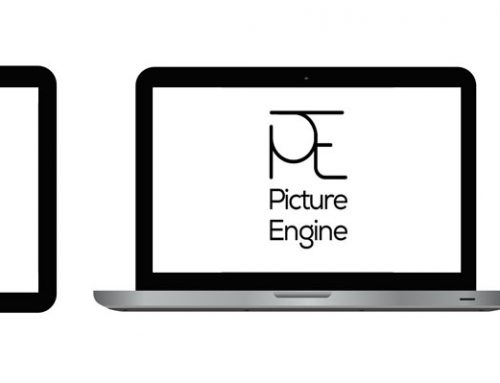
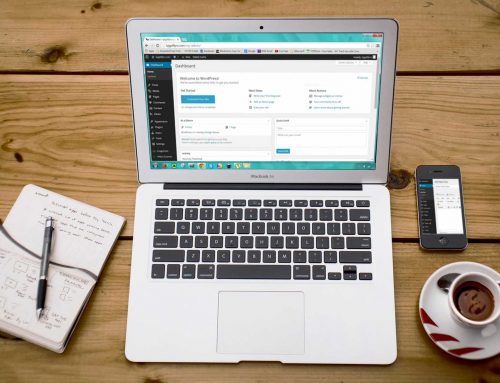
Leave A Comment